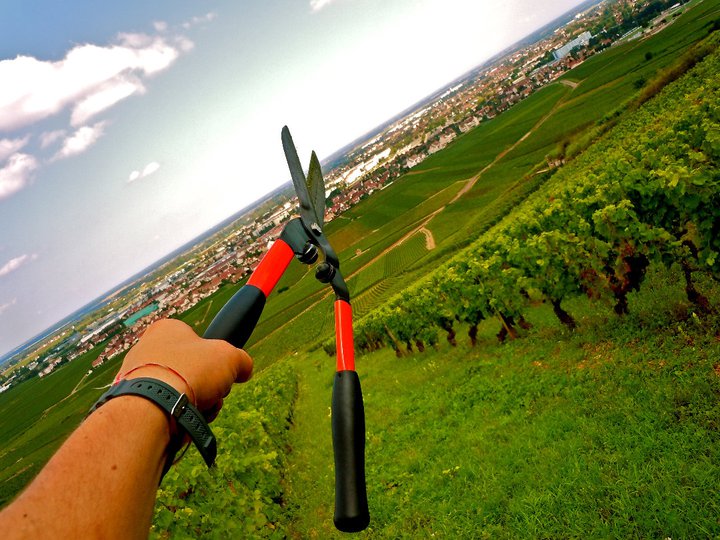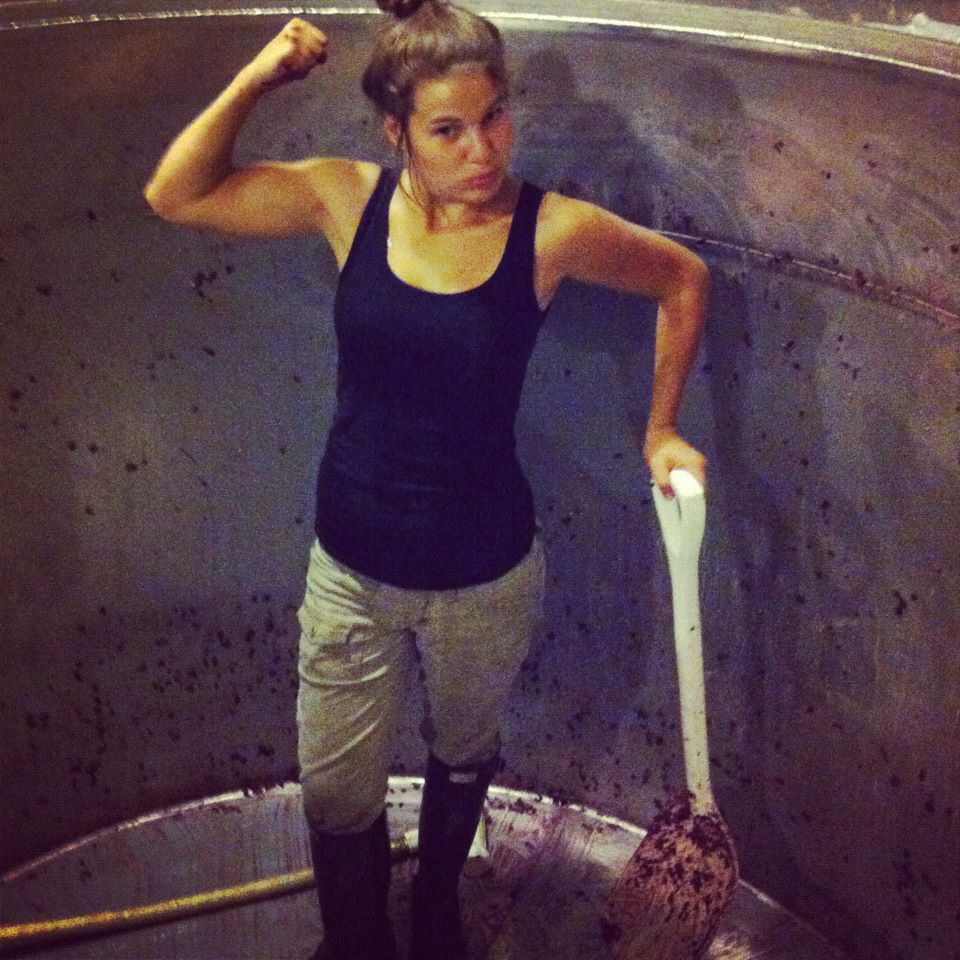The Regions
We have been fortunate to work in some of the most beautiful places on earth - at a collection of the worlds top wineries - Harlan Estate & Bond Winery, Chateau Montelena, Domaine des Croix, Camille Giroud, Larkmed Winery, Pride Mountain Vineyards, Failla, Blackbird, etc.. From Burgundy to Napa Valley, New Zealand to Portugal, at each step of our journey we have been inspired by the people, winemaking techniques and traditions of each incredible location. The goal has been to take the friendships and ideas we love with us and tell the story of our travels through wine.
Today - we now make wine in both Alentejo Portugal and Napa Valley California. Two regions, centered in agriculture, that have influenced the path of our lives more than we could have ever dreamed. Below you will find technical information on what makes both places so special. If you want the full story from the bottom of the glass, give us a call - (301) 788. 3799.
Alentejo, Portugal:
The Alentejo region covers about a third of Portugal, and winemakers in the remaining two-thirds can often be heard to complain about the popularity of Alentejo wines.
The reds, easy drinkers, rich and fruity, are the darlings of Lisbon cafés and restaurants, also to be found on wine lists the length of the country. There are quaffing wines, but also fine wines, especially in the red department. Whites are more difficult in this hot climate, but some very good ones are made, given the right place, and/or appropriate skill in vineyards and cellar.
It’s a short drive up from the cool of the Algarve, over the hills and into the hot southern part of the Alentejo (or seriously cold, should it be winter). Most of the Alentejo consists of undulating plains and gentle hills, with serious mountains only in the north east, where, near the town of Portalegre, the São Mamede mountain range rises up by the border with Spain, and the air becomes cooler and the countryside greener. Soils vary greatly: schist, pink marble, granite, limestone, often laid upon a sub-layer of water-retaining clay.
DOP Alentejo has eight sub-regions that together cover about a fifth of the Vinho Regional Alentejano region, but these are rarely seen a label. It makes sense to take advantage of the name Alentejo (or Vinho Regional Alentejano). Seven of the sub-regions are clustered fairly centrally. Portalegre lies well to the north east on the granite foothills of the São Mamede mountains, where higher rainfall and cooler temperatures especially at night, along with many old vines, gives complexity and freshness.
Borba, Évora, Redondo and Reguengos are more typical of the Alentejo, and can make smooth, harmonious, very easy-drinking reds. Conditions are more challenging in Granja-Amareleja, Moura and Vidigueira, with poor, limestone-based soils and a significantly hotter climate. Nonetheless, a new generation of producers, particularly around Vidigueira, has shown the potential of these southern parts of the Alentejo.
The white Antão Vaz is the star grape of the region, with good acidity and tropical fruit flavours. It also responds well to barrel-fermentation. Arinto and Roupeiro also offer precious acidity; white Diagalves, Manteúdo, Perrum and Rabo de Ovelha make up the blends. Aragonez (Tempranillo) is the most widely-planted red grape. The red-fleshed French grape Alicante Bouschet is often the inky, treacley backbone of red blends. Alfrocheiro, Castelão and Trincadeira also have valuable parts to play, with Moreto, Tinta Caiada and Tinta Grossa padding out some blends.
However, many of the new generation of Alentejo reds incorporate imported grapes such as Syrah and Cabernet Sauvignon, made as Vinho Regional.
- Source, www.winesofportugal.com
Napa Valley, California:
Though just 30 miles long and a few miles wide, Napa Valley is home to diverse microclimates and soils uniquely suited to the cultivation of a variety of fine wine grapes. Among the internationally acclaimed wines produced in this small region are Cabernet Sauvignon, Merlot, Pinot Noir, Chardonnay, Sauvignon Blanc, Zinfandel and Cabernet Franc.
Small place, big reputation
As the first Agricultural Preserve in America, it’s also a region of incomparable natural beauty and winegrowing heritage being preserved for future generations through environmental leadership and community stewardship. Though just 4% of California’s wine grape harvest, Napa Valley is small in size yet big in stature. It was the first American Viticultural Area or AVA to be designated in California in 1981.
Only 2% of the world enjoys a dry Mediterranean climate. In Napa Valley this generous climate provides vintage-to-vintage consistency and exceptional quality that few other winegrowing regions can boast. Because of its unique geologic history, Napa Valley has a remarkable diversity of microclimates, weather and geography, as well as some of the most diverse soils found on earth. As a result, an array of premium wine grapes thrives here.
In spite of its international renown, Napa Valley is one of the smallest winegrowing regions in the world, with only one-eighth the planted acreage of Bordeaux. Nearly all wineries (95%) are family owned businesses. The region’s established viticultural practices result in low yields of high-quality grapes, from which skilled winemakers craft Napa Valley’s renowned wines.
Preserving Land and Community
Long before green and sustainable were buzzwords, Napa Valley became the home of the first Agricultural Preserve in the U.S. in 1968 and today has the most comprehensive and stringent land use and environmental regulations of any winegrowing region. To ensure quality of life for all of the community, the Napa Valley Vintners has invested more than $150 million to local health, youth and housing non-profits through its annual fundraiser, Auction Napa Valley.
Napa Valley Rocks: Overview
The Napa Valley Rocks: Overview video provides a snapshot of the Napa Valley appellation and wine industry. Learn what makes Napa Valley unique in the world of wine and get a preview of the Napa Valley Rocks video series.
- Source, www.napavalleyvintners.com






